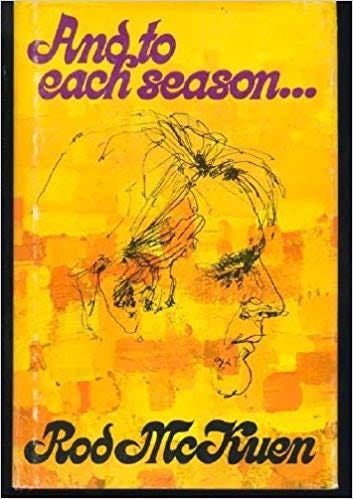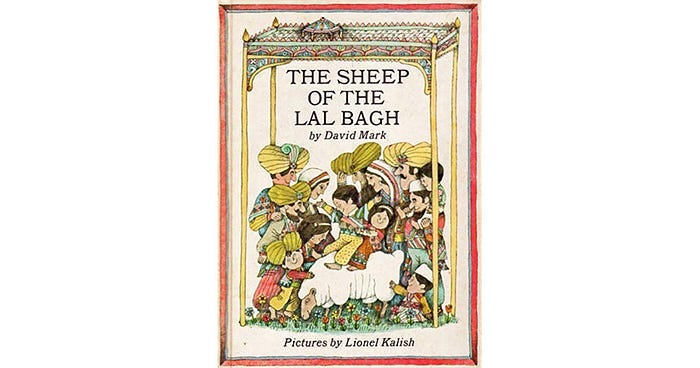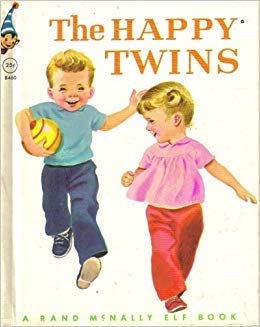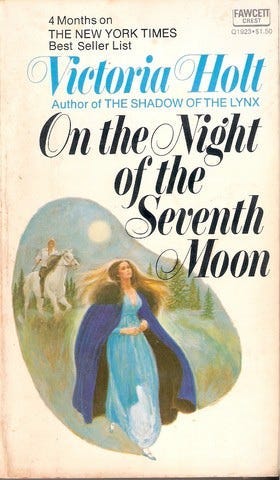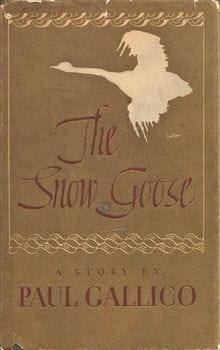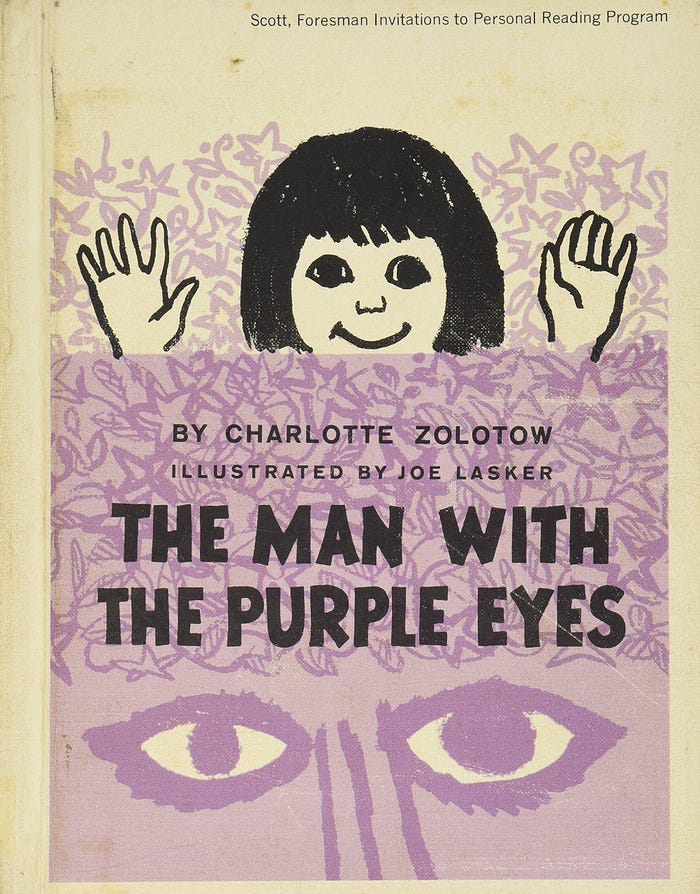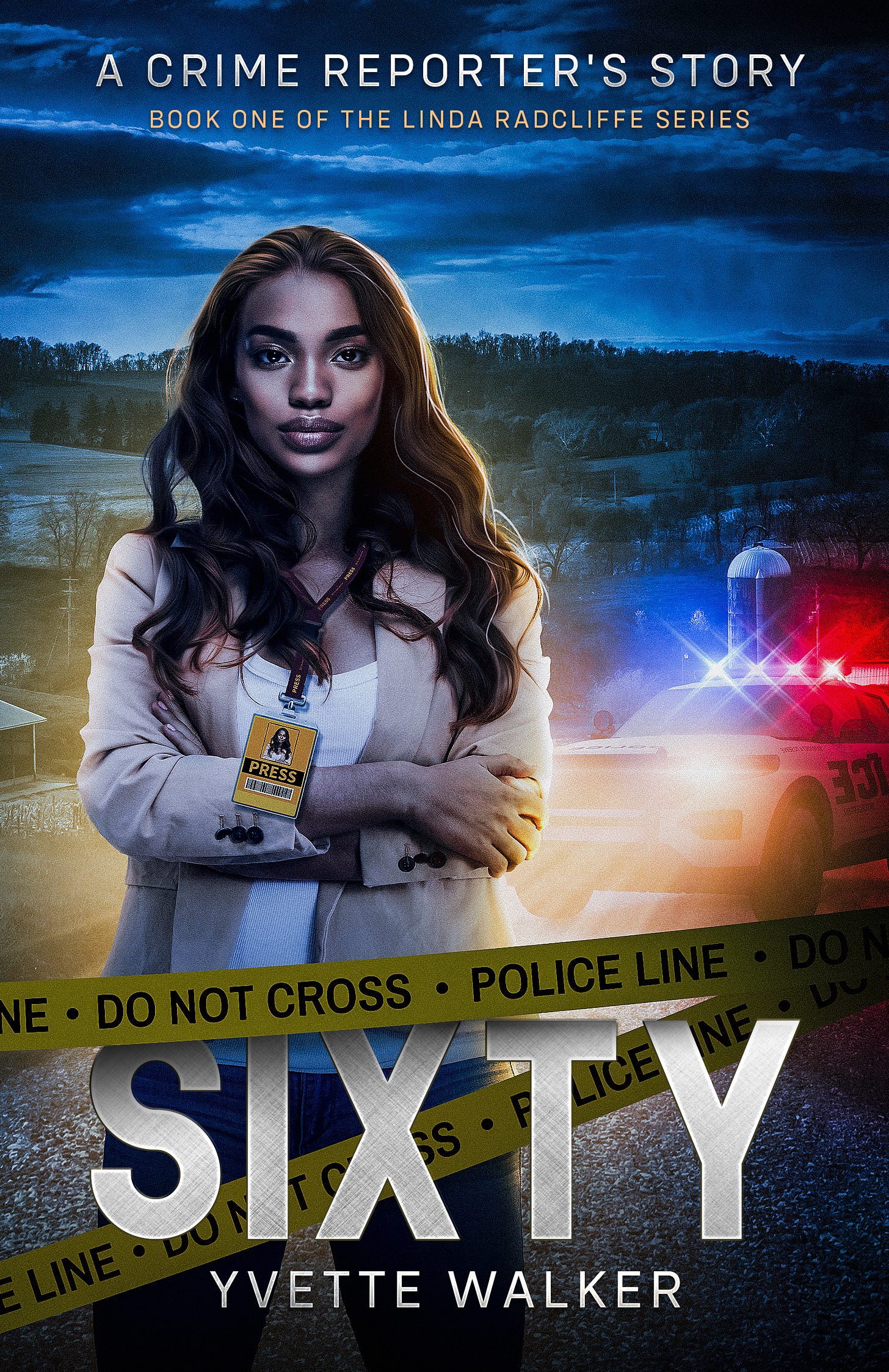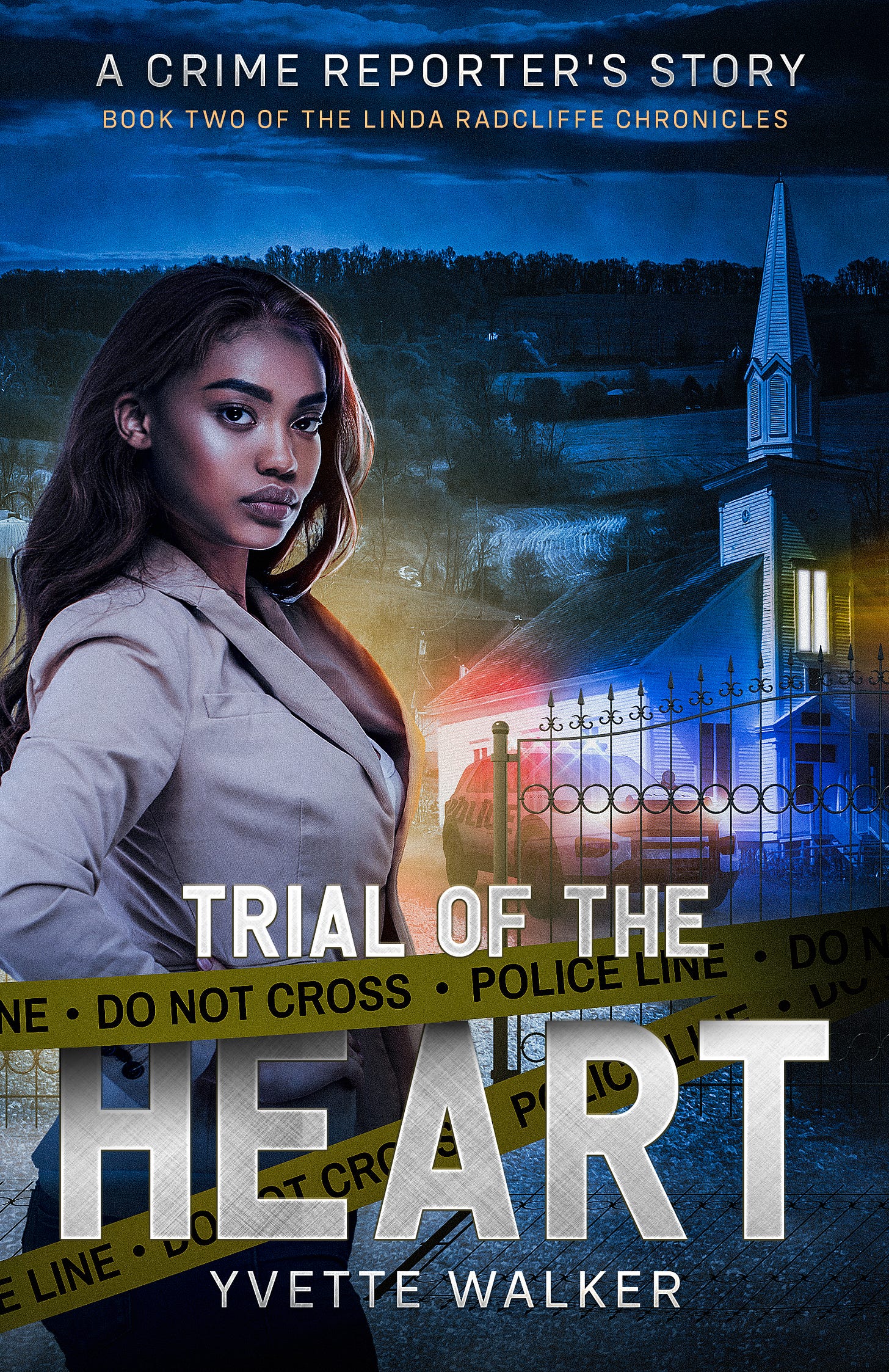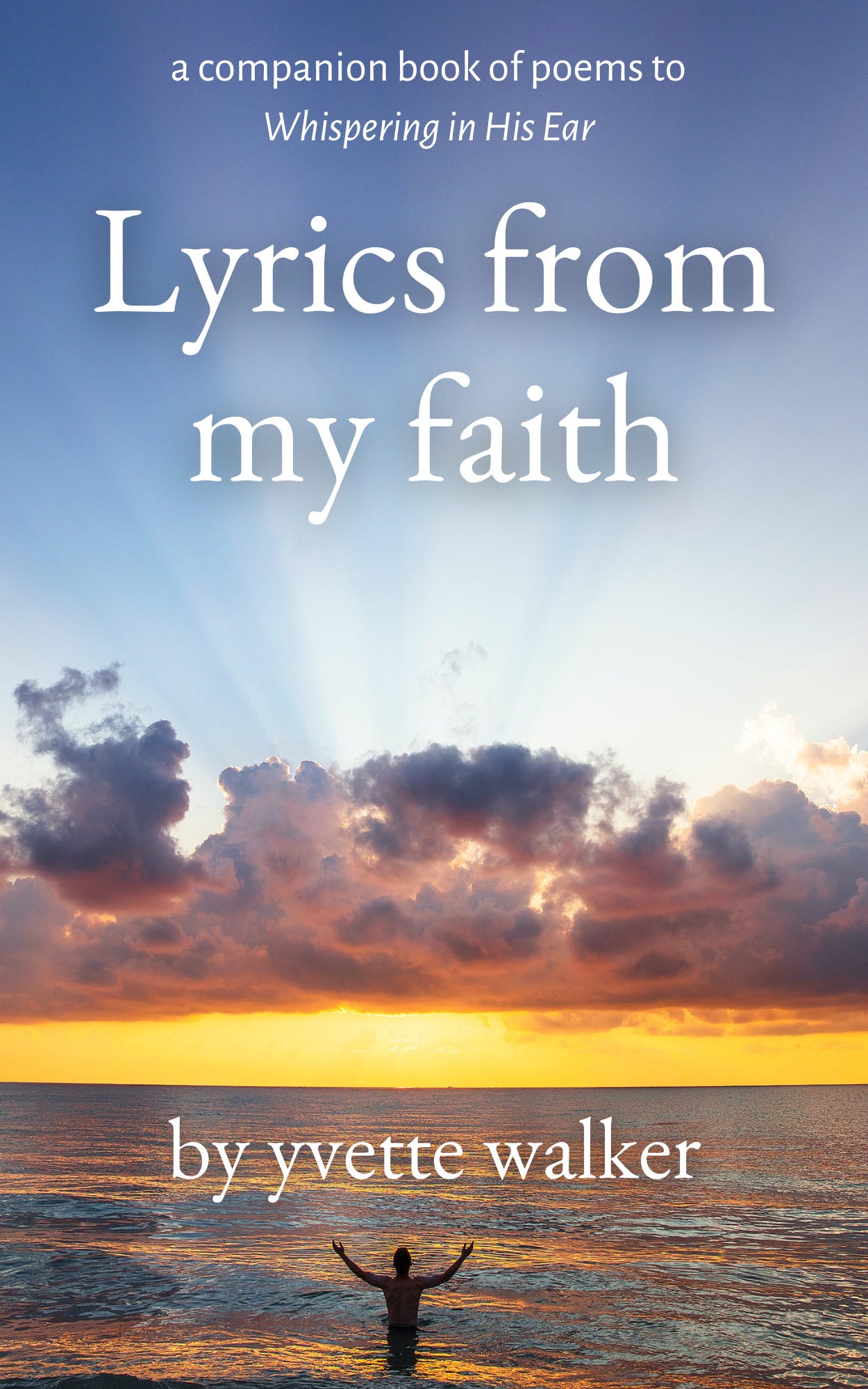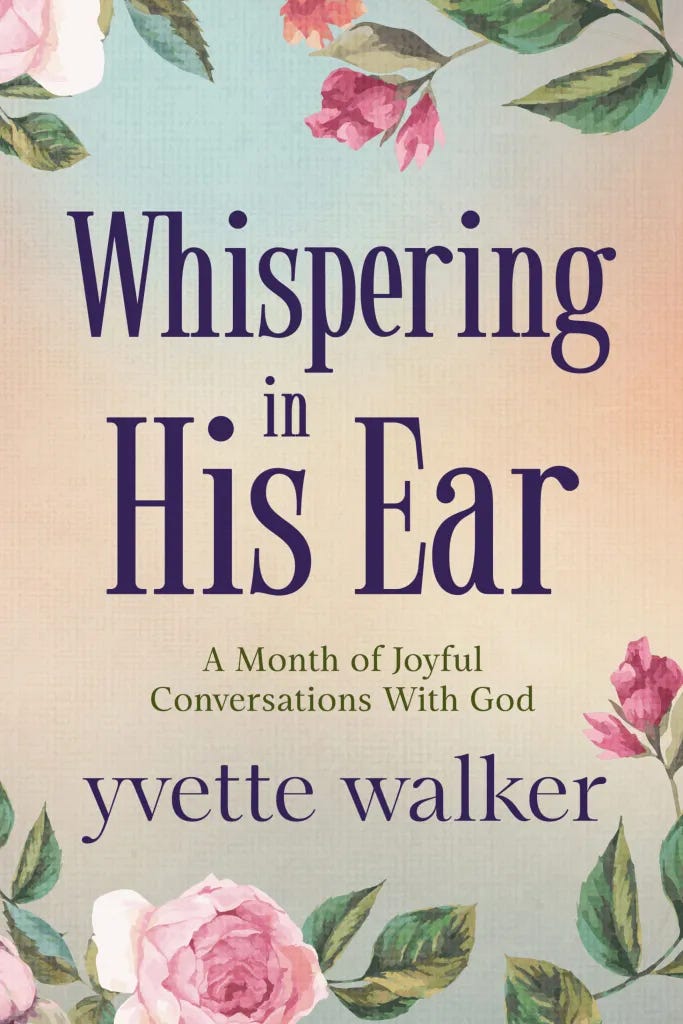My favorite childhood books
You won't know these titles, full of fantasy, mystery and nostalgia
Seven days of books from my childhood
Editor’s note: In one typical Facebook post years ago, friends asked each other to post covers of their favorite books. While I normally don’t follow the crowd in these kinds of memes, I found this one to be particularly appealing. These are in random order, but I saved the best one for last.
What were your favorite childhood books?
The social media call:
DAY 1: For 7 days I’ll post the cover of a book I love with no review or explanation (that’s the hard part). Each day I post, I’ll nominate a friend to post their 7 favorites.
This column originally appeared on Medium.
I first saw these posts on Facebook about week ago, and to be honest, I hoped someone would nominate me. People seemed to be having a lot of fun with it. My friend and sorority sister Rosalyn Jackson Williams tagged me on Friday. I answered: “Thank you! I’ve been waiting to do this!”
She replied, “ You’re welcome! It was fun digging out the old books I loved! The hard part is deciding!”
When thinking about the books, I decided to make a small change in the Facebook survey. I decided to focus on books I loved as a child or teen. And these were no ordinary books. I didn’t read The Hardy Boys or Harriet the Spy. I read books that spoke to me in unique ways. I also read books I received from my mother, whose friend worked at a small printing house in Chicago. These books sometimes had mistakes and misprints, and so were thrown away or given away. I gladly received the seconds.
I found a strong kinship with books when I was a child. My sister was seven years older than me and when I was still in elementary school, she was nearly graduating high school. No one likes their kid sister always hanging around, and I often had to occupy myself. Also, it was the late 1960s and 1970s, and I was a latchkey kid.
After school, I would arrive home a few hours before my parents. when I was very young, I would go next door to the neighbors. When I was a bit older, I could stay by myself. Books helped keep me company.
In posting my favorite books, I describe each one and why I loved it, and include a small excerpt.
Day 1: “And to Each Season,” by Rod McKuen
A dreamy, romantic pre-teen, I loved Rod McKuen. Actually, I had a crush on him, and his romance-filled, mildly erotic, personal poems aroused my curiosity in writing and imagery.
Roses in summer climb up the stone wall
playing with sunlight and the morning shadows.
Petals as firm as the young men’s striding
pants filled with love hearts filled with lonWelcome the winter robed in its whiteness
bending down the willow with it’s snow blankets.
And the wild berries hidden in the wood now
from all the creatures lost in the darkness.And to each season something is special
lilac, red rose or the white willow.
Young men of fortune old men forgotten
Day 2: “The Sheep of the Lal Bagh” by David Mark, pictures by Lionel Kalish
Because many of my early books were rather random, they were also pretty multicultural. I didn’t know that then, but I think it did reflect a different view of the world than what other children were reading. I thank my mother for this! This book is about a sheep named Ramesh who “cut” the lawn in a public park in India. When the city decides to modernize operations, it’s machine vs. sheep. Guess who wins?
But most of all they came to see the lawn mower.
This was not a very new or modern lawn mower. It did not cut the grass very quickly. In fact, it was not a machine at all. It was a sheep. His name was Ramesh.
Day 3: “The Cookie Tree” by Jay Williams, illustrated by Blake Hampton
This book is filled with fantasy, mystery and a bit of magic! A tree bearing chocolate cookies magically appears in the center of a medieval English village. The story pits the forgotten vs. adults, and like all good children’s books, the forgotten have a say in what happens. In this case, the forgotten are children and elderly people. Middle-aged leaders in the town argue about the why and how of the tree, while the kids simply love the wonder of it. This book is satisfying in so many ways.
Then the small boy, Dylan, piped, “It’s a present from a magician!”
“Nonsense!” shouted the Mayor. “Why would a magician send a cookie tree here? What is it for? Everything must be for something. But this makes no sense at all.
“Send for the Village Councillors,” suggested Basil the Butcher.
Day 4: The Happy Twins by Helen Wing, illustrated by Marjorie Cooper
I no longer have this book, but I remember the joy I got out of it when I was a small girl. The entire story is told in singsong verse. The beautiful paintings of the brother and sister is really what makes the book.
A commentor at Goodreads remembers the first verse:
I loved, loved, loved this book as a kid. I can still recite the words on the first page of the story:
“You’ve never seen such happy twins
as little Joe and Jill,
They romp and play the livelong day,
They’re seldom standing still.”
Day 5: By the Night of the Seventh Moon by Victoria Holt
I had to include a romance novel in the mix. Of course, I did! I was a hopelessly romantic teen girl and read many Harlequin Romances and other romance novels. “Seventh Moon” ” was more historical romance, and was set in Germany in the late 1800s.
Our heroine is Helena Trant, sheltered schoolgirl and living at a boarding house run by nuns. When she wanders off from a school picnic and gets lost in the forest mist, she meets and becomes infatuated with a handsome stranger. She and her love, Maximillian, are compelled to consummate their love and run away to get married. A few days later, she awakens in her cousin’s house and is told that she has been ill, delirious, and her story about love a marriage is just that, a story. Over time she believes them but years later something awakens the dream once more.
The book is divided into four dramatic and dreamy sounding titles: The Forest Idyll, The Nightmare, The Years Between and The Reality.
Three days had passed and the blissful existence continued. I strange feeling that I must cling to each moment, savor and treasure it so that I could relive it in the years to come. Was it a premonition? Did I really have it? Or was it all part of a fantastic dream?
Those summer days were full of excitement and pleasure. The sun shone perpetually. We spent the afternoon in the forest and hardly ever saw anyone. Each evening we supped together and I wore the blue robe he told me he had bought on impulse.
“To give it to one of your friends you brought to the lodge?” I asked.
I never gave it to anyone. It hung in the cupboard waiting for you.”
“You speak as though you knew you were going to find me in the mist.”
He leaned across the table then and said: “Doesn’t everyone dream of the day the only one in the world will come?
Day 6: The Snow Goose by Paul Gallico
This slim tome, which The Guardian calls “a novella no thicker than a love letter,” is a wintry tale about an ugly man “who created great beauty … and a child who came to know him and see beyond the grotesque form that housed him to what lay within.”
Our main character, Phillip Rhayader, was a painter. He also was a hunchback. An uneducated village girl comes to see him one day and brings an injured bird. He heals the bird, of course, but the surprise is when she came back the next year, and the year after that. In healing the bird, the two come to develop a deep friendship over seven winters.
The bird the girl carried to him was a snow goose, but the painter also carried his own kind of albatross — his deformity. Under the deformity lies a true heart for humanity and animals alike.
Physical deformity often breeds hatred of the humanity in men. Rhayader did not hate; he loved very greatly, man, the animal kingdom, and all nature. His heart was filled with pity and understanding. He had mastered his handicap, but he could not master the rebuffs he suffered, due to his appearance.
It is a beautiful story, masterfully written.
Day 7: “The Man with the Purple Eyes” by Charlotte Zolotow, illustrated by Joe Lasker
This is my very favorite children’s book. It is filled with drama, faith and wonder. About a little black-haired country girl named Anna, the book takes a sad turn when her father becomes ill, and has to go to the hospital in the city. The family moves there to be near him, but he grows weaker. Anna would like to take something to the hospital for her Father’s birthday to remind him of home. A plant, she decides is the perfect gift. But she has no money. And then, she meets the titular Man with the Purple Eyes, and he gives her a miraculous seed.
The description of the rolling hills of Anna’s country life vs. the grime of the city is lyrical. The characters, well-developed, even in this story story. And the titular Man with the Purple Eyes was someone I never forgot.
I think I loved this book because I was a city girl with dark hair and I dreamed of living in a country house with a big back yard with lots of trees and flowers. And that is exactly where I live today. It was published the year of my birth, and, like me, celebrates its 57th birthday this year.
“What is your name?” the man asked her. “Anna,” she said shyly, staring now at his eyes. They were a shade she had never seen in eyes before. They were deep purple, like the purple of dark wood violets when the sun is on them, like the purple of the big sweet-smelling dark purple clover she had just been talking about.
“I wanted to see if I could buy a flower for my father,” Anna said. “Since there are no wildflowers in the city I thought I’d buy maybe one flower for him. It’s his birthday soon and he’s ill. …
“I have the very thing for you,” he said, “and it won’t cost more than the penny you have. …” He took his hand out of his pocket and there was a round brown seed lying in the center of it.
Years later, I would come to know the author’s daughter, Crescent Dragonwagon (yes, she legally changed her name). She became an author herself and wrote cookbooks to go with vegan lifestyles. When asked why this book was so special, she said it was unusual for a children’s book because it had more text than illustrations.
“In the ’50s and the ’60s, people were passionate about having books for children that didn’t condescend to them,” Dragonwagon said.
So, that’s my list. What books sparked your childhood imagination?
The Positively Joy Podcast: Healing Hearts After Divorce
Books by Yvette Walker
And pre-order the sequel, “Trial of the Heart,” here!
Yvette Walker is a journalist, educator and the founder of Positively Joy Ministries. Her ministry supports this blog, a podcast, publishing her many books and opportunities to share the message of joy as a speaker.
Consider giving to support her work. For as little as $5 a month, receive extras, like the video podcasts of my guests, early copies of my books and other video interviews exclusive to paying supporters of this newsletter.
Your support helps continue this work and you get exclusive content, like free copies of my books. Thanks!




